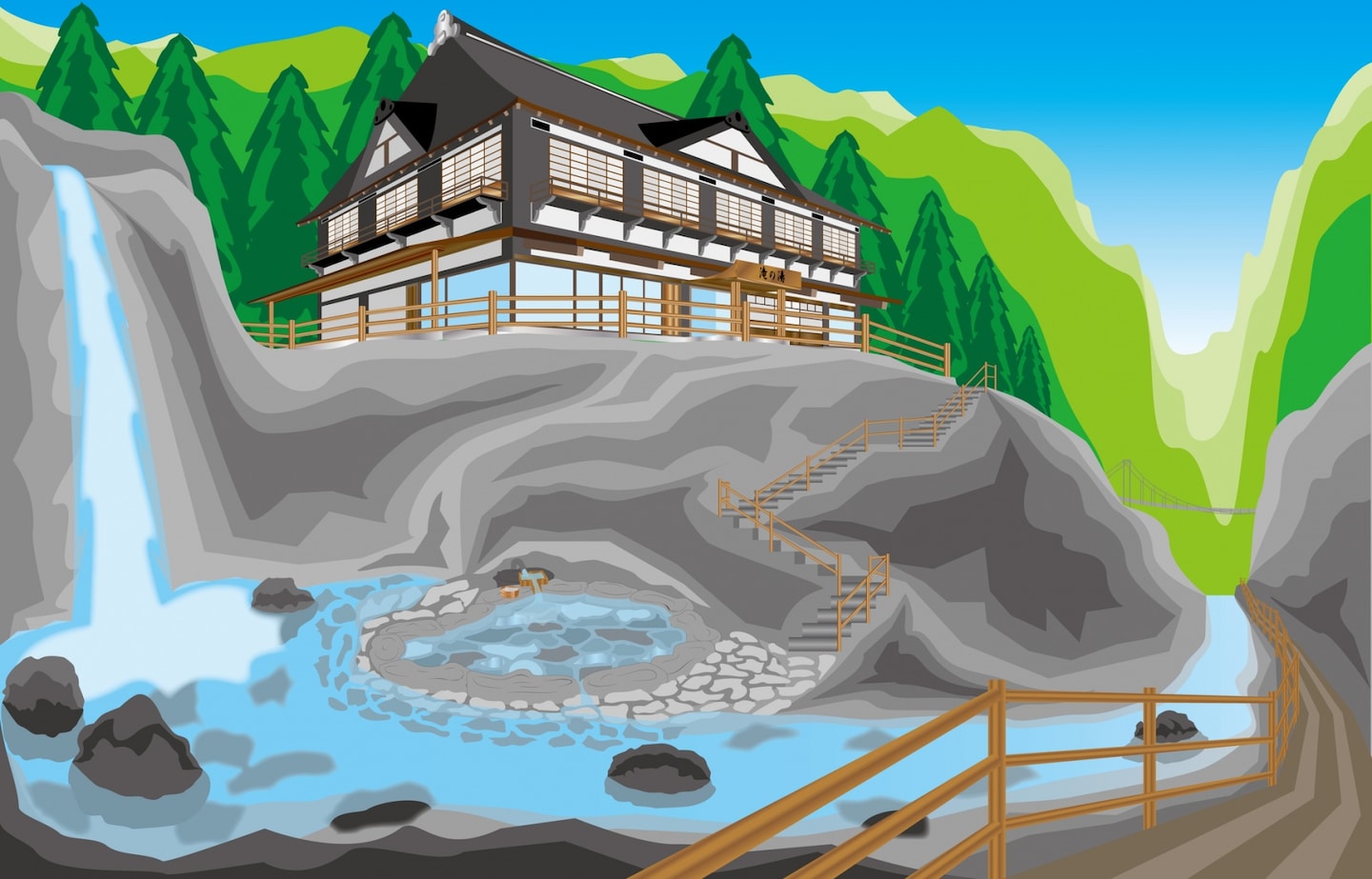Ryokan 101
Ryokan are traditional inns located all across Japan, and a must for anyone looking to have an authentic, incredible accommodation experience during their trip to the Land of the Rising Sun. Read on to find out more about how to choose a ryokan that's right for you, and what to expect during your stay.
By Robert KodamaAn Authentic Experience
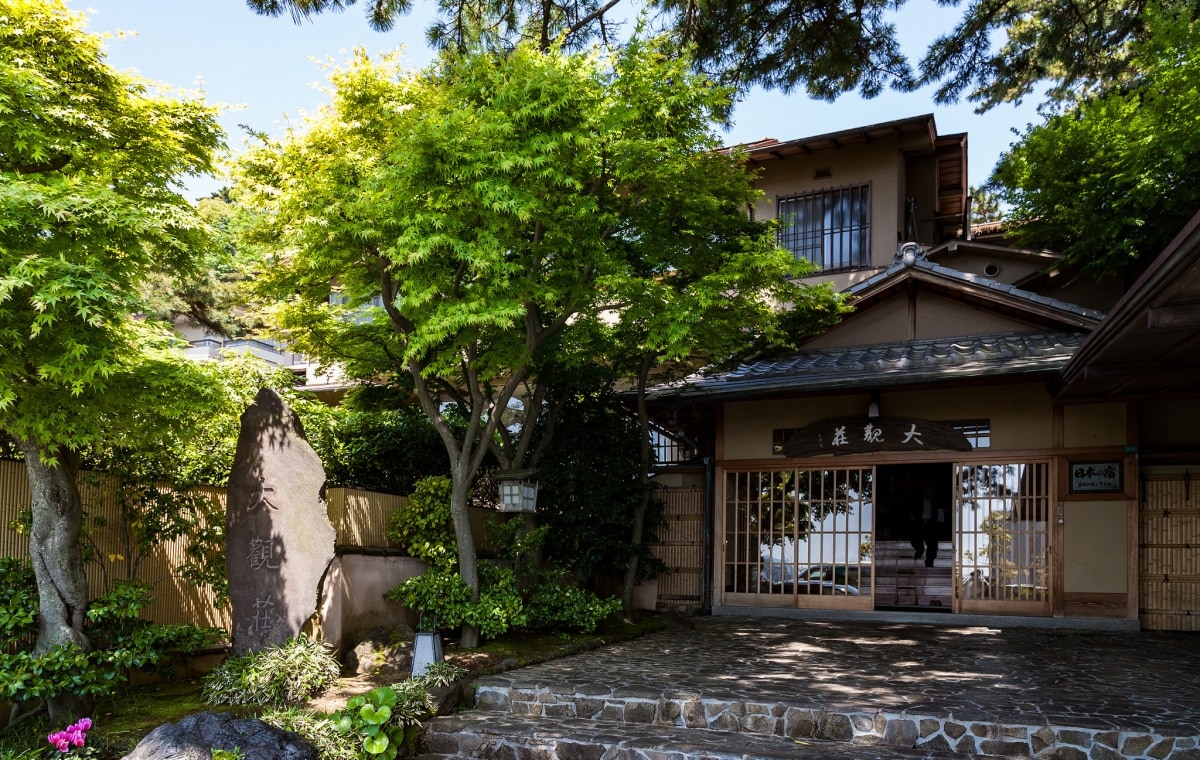
https://flic.kr/p/zK4vvy
Since we're throwing the word around so much, let's start by establishing what a ryokan actually is. As previously mentioned, they're traditional Japanese accommodations that have existed for centuries (the oldest boasts 1,300 years of history!). They are often considered an embodiment of Japanese luxury, as well as Japan's legendary omotenashi customer service. Ryokan are typically located in scenic areas outside urban centers, in places where visitors can get away for true rest and relaxation.
All ryokan have their own unique selling points, but the following aspects are fairly universal. Keep them in mind to make the most of your visit to any ryokan!
Tatami
Tatami are mats used for flooring in traditional Japanese-style rooms and buildings. The cores of the mats are made with rice straw covered by softer, woven rush straw called igusa. Most dining rooms and bedrooms in ryokan have tatami mat floors, and room size is measured in tatami units. One tatami is typically 1.53 square meters, or 16.5 square feet, although there are regional and historical variations. They are soft, and can be somewhat delicate to maintain. Which brings us to our next point...
Shoes
All Japanese ryokan will expect guests to remove their shoes when they enter the lobby, or at the building's genkan (entrance area). Depending on the place, a staff member will either take care of guests' shoes, or there will be a shelf or a locker nearby to put them in yourself. Inside the facilities of a ryokan, socks are quite normal to see, but some places do provide slippers. A good rule of thumb is to never wear shoes or slippers anywhere there's a tatami floor, or into bathrooms—bathrooms have special slippers that are for bathroom use only!
Tea
When you check in, it's very common for a staff member to show you to your room. Once there, they usually serve hot green tea and snacks as they explain the different facilities of the ryokan. And speaking of facilities...
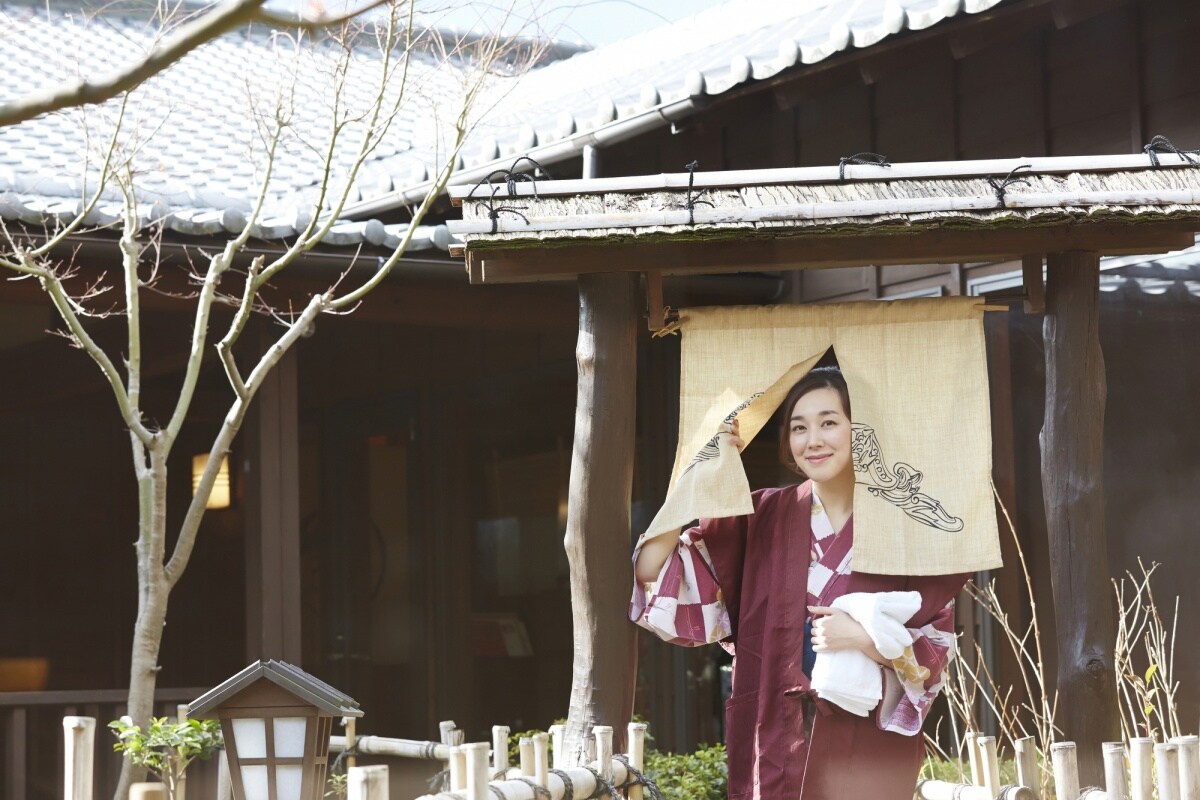
https://pixta.jp
Onsen/Sento
One of the best reasons to stay at a ryokan is for access to the baths they have on the premises. Many have onsen hot springs, complete with a rotenburo outdoor bath so visitors can enjoy a relaxing soak immersed in nature. Depending on the ryokan, the baths will usually be public, though some facilities do offer en suite baths or reserved time in private baths.
Yukata
A yukata is a light, cotton kimono that can be thought of as a Japanese-style dressing gown or robe. The ryokan will provide yukata to their customers—they'll be placed in rooms ahead of time, or collected from the front desk at check-in. Most places allow you to wear yukata anywhere in the building, and it is common practice for Japanese guests to bring a yukata with them to the onsen and then put it on after bathing. Remember to wear some underwear—wouldn't want to be caught off guard by a sudden wardrobe malfunction or an unexpected breeze!
Futon
Beds aren't exactly uncommon in Japan, but a room at a traditional ryokan usually won't include a bed (though some do offer western rooms). Instead, expect to find a futon arranged on the floor of your room after dinner. Futon consist of a foldable mattress called a shikibuton, as well as a duvet called a kakebuton. While it might seem strange to sleep on the floor, they're actually very comfortable, especially after soaking in an onsen.
Cash is King!
Although online booking is becoming more common in Japan, it isn't ubiquitous. Depending on the location, some ryokan will not accept credit or debit cards. Be sure to bring enough cash to pay for your stay, and any extra amenities you might be tempted to purchase along the way. Even if you book in advance with card details, it isn't uncommon to pay with cash at check-out.
Budget
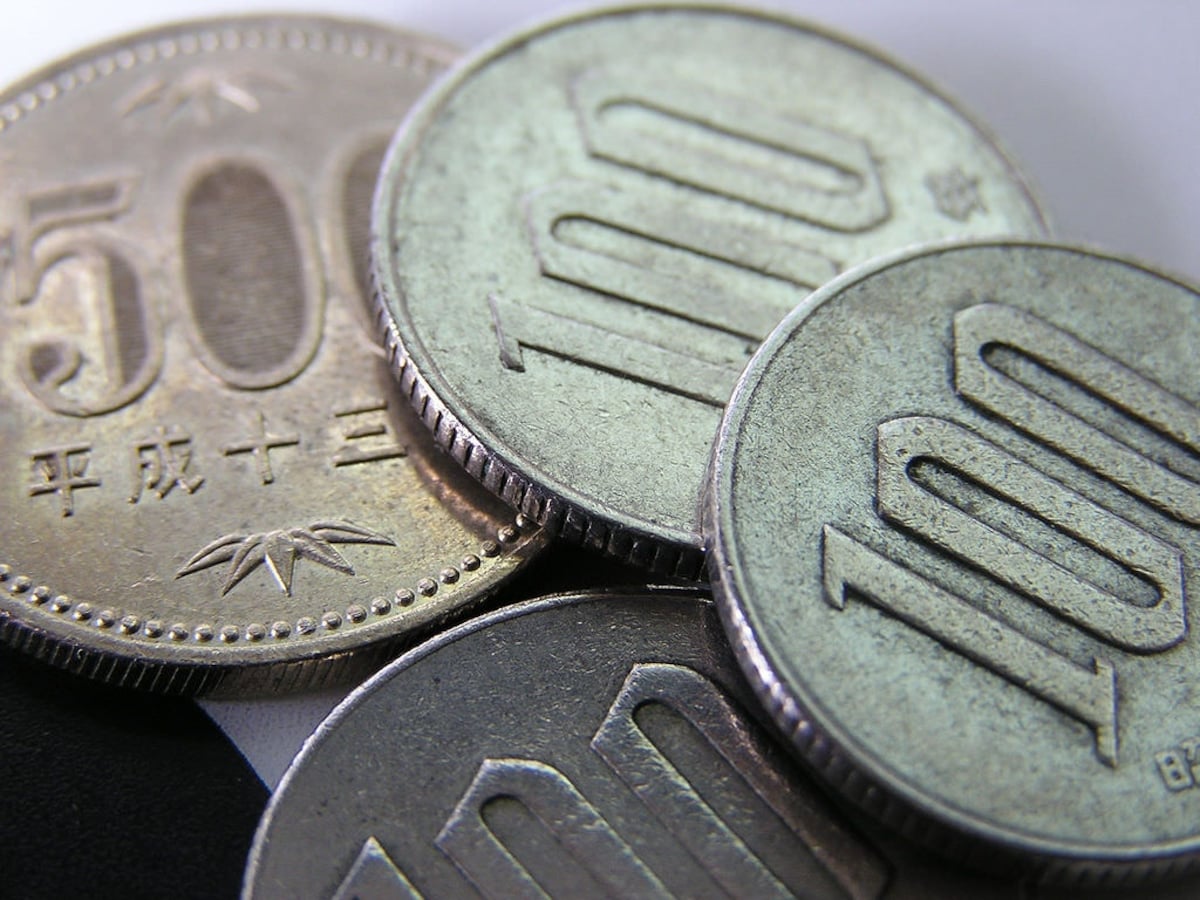
https://flic.kr/p/5rzj
Japan is slowly becoming known as a budget-friendly destination as it changes to meet the needs of modern travelers. But as a unique lodging experience only found in Japan, ryokan typically run pricier than a standard hotel. Like hotels, ryokan come in all shapes and sizes, and that means that there are varying costs that need to be taken into account.
Up to ¥10,000 per night
A ryokan for under ¥10,000 per night (about US$91.30) is fairly easy to find. They're usually located in convenient areas around small city centers. This is perfect for someone who might prefer the convenience of being near a station. The rooms are comparatively smaller, and will usually be the size of six tatami mats. It is unlikely that a meal will be included with your stay. Service will be professional, but relatively minimal. Often times, bathing areas will be a sento, which is a Japanese bathhouse that doesn't use natural spring water. However, there are ryokan in this price range that offer natural springs, as well as rotenburo open-air baths, and other amenities. Take Yoshino in Shizuoka Prefecture, for example. They tend to fill up fast, so it pays to plan ahead!
¥10,000 - ¥20,000 per night
Ryokan in this range (up to about US$183) are typically those found on the outskirts of smaller towns, and may require a short bus or taxi ride to reach from the nearest station. The rooms will a bit larger, and include more amenities. If it's located in a mountainous area, like the Omiya Ryokan in Yamagata Prefecture, guests will likely have access to an onsen. You'll still have a standard futon on the floor, and a Japanese-style kaiseki dinner might be included with your stay. More on that in a moment!
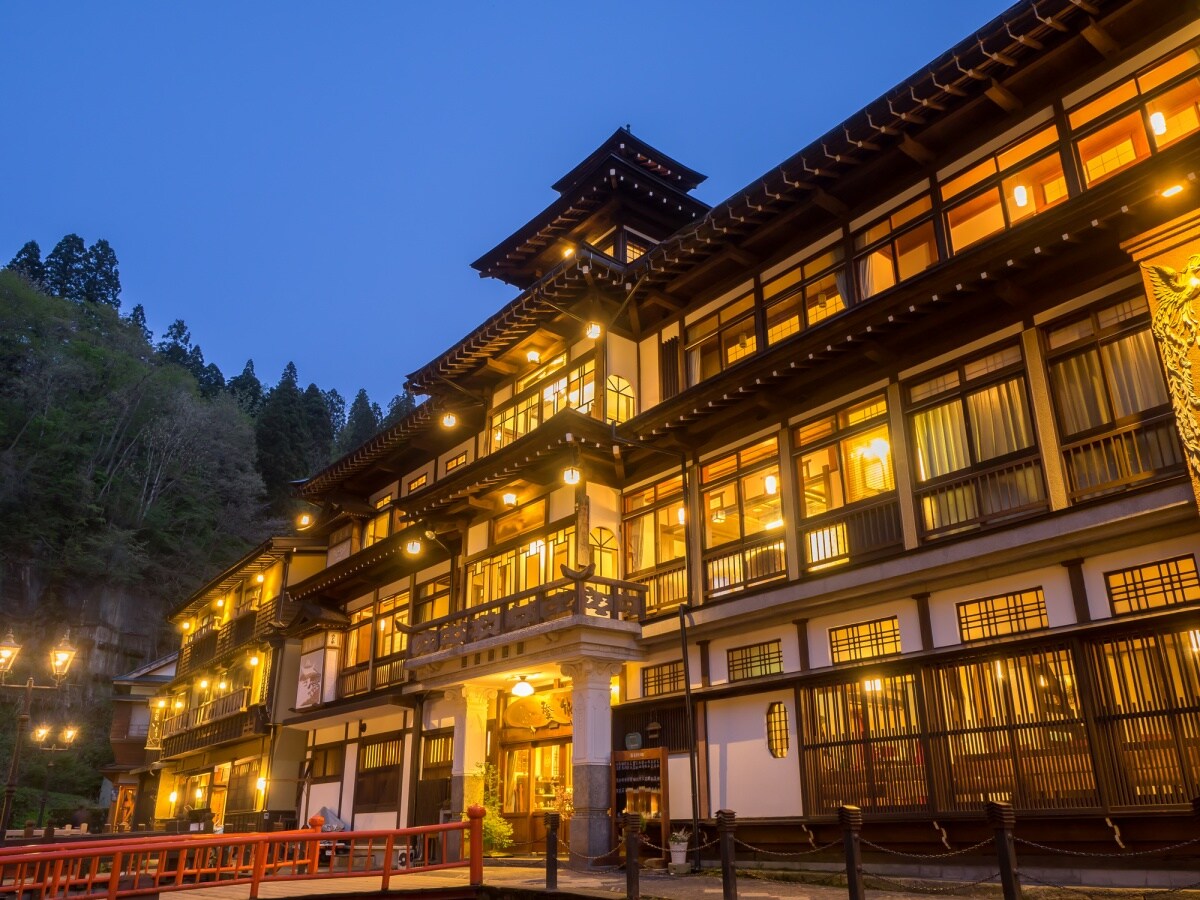
https://pixta.jp
¥20,000 - ¥30,000 per night
Most of the ryokan in this price range (up to about US$275) are resorts located in mountainous rural regions. They will likely have a shuttle bus running from the nearest train station to provide transportation for guests. Rooms might have a fusion of modern mixed with a traditional feel to it, such as comfortable futon in small frames for you to sleep on at night. Excellent onsen are usually included as part of your stay, with multiple bathing areas both indoors and outdoors. A substantial kaiseki meal will be served in a dining room, a restaurant or in your room. A great example of a ryokan in this range is Tensui Saryo, in Hakone in Kanagawa Prefecture.
¥30,000+ per night
These high-end ryokan do not disappoint! Most of these ryokan are located in mountainous areas and are famous throughout Japan. Like the previous tier, they also come with a shuttle bus from the nearby station. For the price, the quality of the rooms are excellent, with plenty of amenities and space for you to relax. Some ryokan even provide a private en suite onsen for each room, so you can enjoy the hot spring bathing experience in complete peace. The kaiseki dinner is a veritable feast, prepared fresh from local ingredients. They'll also usually offer your choice of soft, cloud-like bed or futon (some rooms have both!). Think of Kosekiya Bekkan, and other facilities from the Ginzan Onsen area.
The Kaiseki Dinner Experience
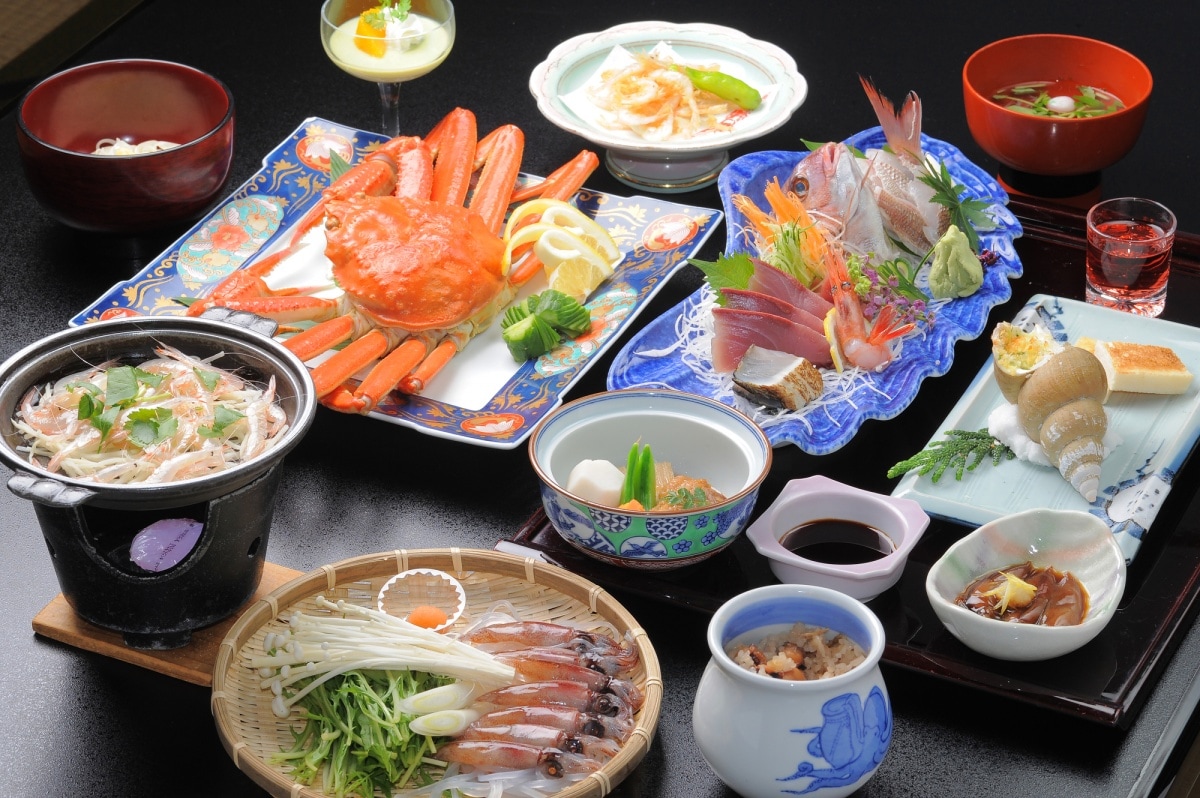
https://pixta.jp
Generally speaking, ryokan on the expensive side will likely include a kaiseki dinner. This Japanese-style dinner is a feast that consists of small plates served in courses. Miso soup and rice are always included as part of the meal, but the rest of the dish will reflect local specialties and locally sourced ingredients. Seafood is usually the main feature of any kaiseki meal, whether it is fresh sashimi, succulent crab or jiggly, savory seafood custard, chawanmushi. The meals will normally be served in guests' rooms, or in private dining rooms. These meals might consist of small plates, but they come one after another and are sure to satisfy even the hungriest patron! Combine it with some local sake for a one-of-a-kind dining experience you'll never forget!
Allergies
If you have any allergies or special dietary requirements, make sure you contact the ryokan in advance and get confirmation for your meal. Most places will be accommodating as long as they are told ahead of time. It might seem dishonest, but be sure to stress that it's an allergy—Japan is getting more understanding of different dietary needs, but we wouldn't want something to get lost in translation, or for said ingredients to wind up in another part of the meal.
Onsen
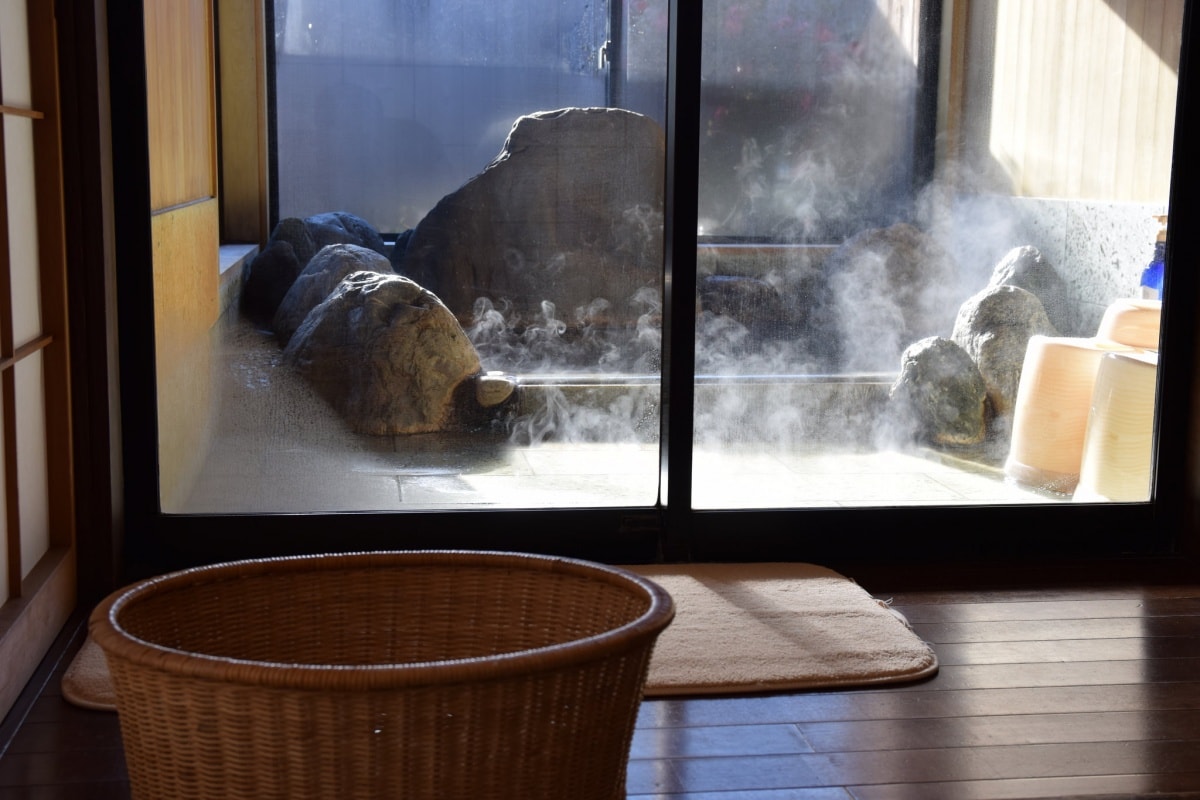
https://flic.kr/p/V2GEhq
We've covered this more thoroughly in other articles, but it's worth going over briefly again for the uninitiated. Here are a few things to keep in mind while enjoying onsen.
If you're fortunate enough to have a private en suite bath, then you might not have need to visit the public bathing areas. But public onsen are a great social experience, and are highly recommend even if you feel a little shy in your birthday suit!
Make sure to take your yukata (or another set of clothes) to change into after the bath. Take all of your clothes off in the changing area, and put everything into a basket or shelf (they often include locks, if you're worried about valuables). With just a small modesty towel, head over to the showers. Wash yourself thoroughly using the toiletries provided before entering the baths. Bathing in Japan is specifically for relaxation—the shower before is for hygiene.
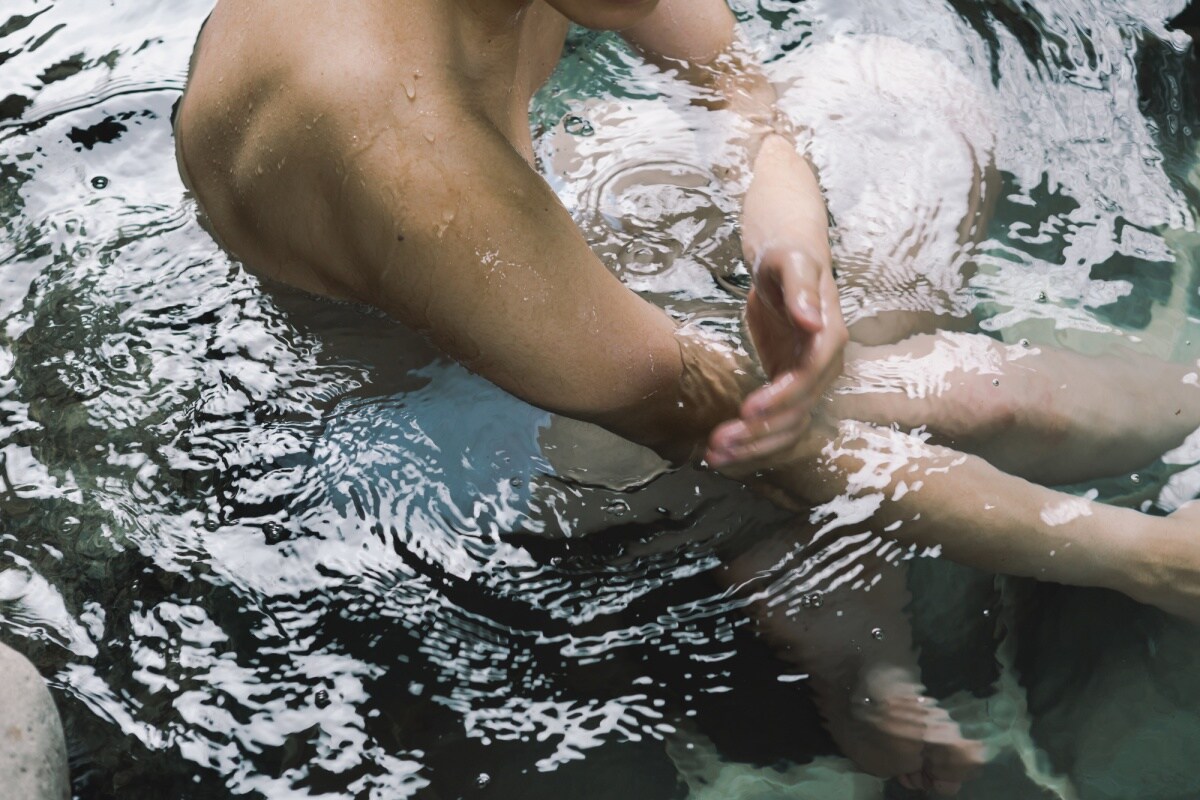
https://pixta.jp
No matter the weather, the rotenburo outdoor baths are an amazing experience—soaking in the natural beauty while soaking in the bath is sublime! Towels should not go into any of the pools, and be sure to keep your head above the water.
Once you have finished taking your bath, rinse yourself off if you felt the water had a high concentration of minerals. Otherwise, dry yourself off before entering the changing area again.
Tattoos
Tattoos are not normally allowed in onsen, as even today they are associated with the yakuza. Some places are more tolerant if you're clearly non-Japanese, but usually even foreign visitors are expected to abide by Japanese etiquette.
If in doubt, buy a simple bandage to cover up the tattoo to make it look like an injury before heading inside. Try your best not to submerge the "injured" part of your body in water.


